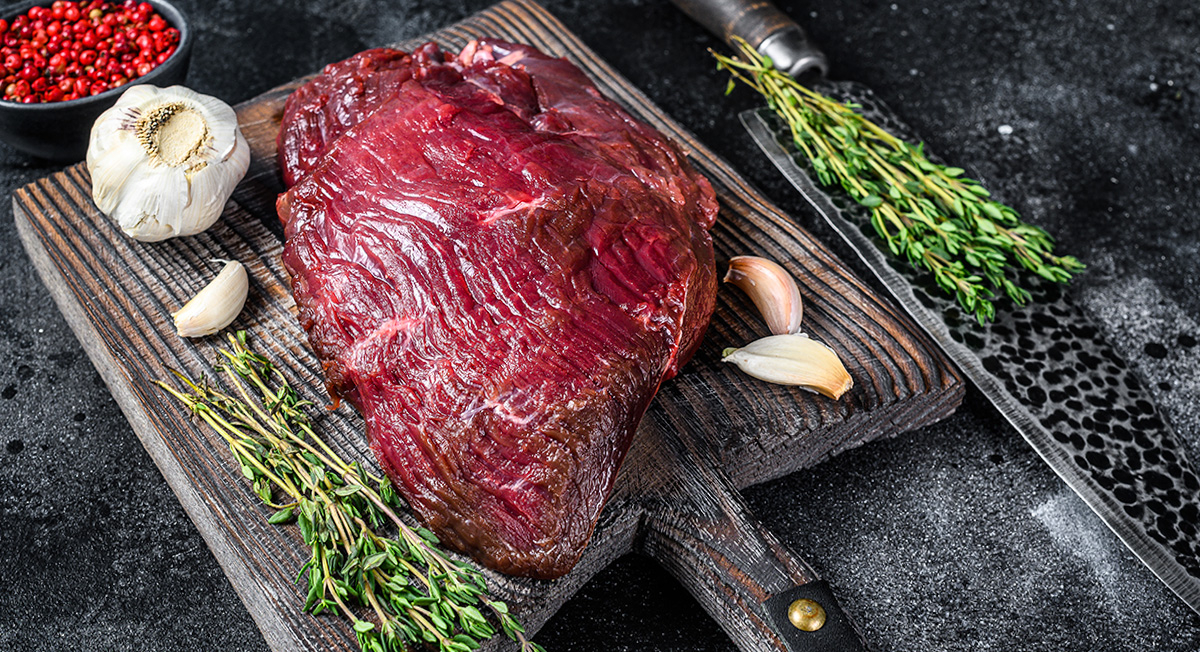What to Do with Your Deer and Elk Meat
October 2, 2022
The time-honored tradition of hunting is alive and well throughout the Northwest. We’ve looked at how to get started processing game, and now we’ll cover how much meat you can expect from your trophy and what to do with some of that meat at mealtime.
Hunting is Highly Regulated
Be aware that you need a hunting license, tag, and a clear understanding of hunting rules before you go out in search of your deer or elk. Use the following Oregon and Washington links to ensure your hunt is done legally.
Oregon Department of Fish and Wildlife
For more information, call 503-947-6101
Washington Department of Fish and Wildlife
For more information, call 360-902-2200
How Much Meat will You Get
After you’ve processed your prize, or taken it to a butcher, you can expect a full-size elk to fill several shelves on your freezer. Maybe more. A deer will not fill quite as much. Typically, you can expect the finished, wrapped meat to weigh just less than half of what the deer or elk weighed when it was alive. That comes to an average of 250 pounds of meat from an elk, and upwards of 60 pounds from an adult mule deer.
Freezer too Full?
Hunting season can fill a freezer fast. Especially when you consider that one deer can add up to 200 meals. If you have too much meat from a successful hunt, you may be able to donate your professionally processed elk and venison to a local food bank. Just call around first, as some organizations cannot accept elk or deer meat even if it was professionally processed.
Editor’s Note: It’s important to understand the laws around wildlife meat. Both Oregon and Washington have exacting legal restrictions and guidelines on the purchase, selling, exchange, or bartering for or with wildlife meat, pelts, and parts. Parts of the law deal with fish and game birds as well. Get to know Oregon’s laws here and Washington’s laws here.
Best Recipes for Deer and Elk
We’ve combed through the hunting archives to find some of the best recipes for preparing and enjoying deer and elk. These are two of the most popular.
Dutch Oven Roasted Elk
Ingredients:
- 1 elk roast (4 pounds)
- ¼ cup olive oil
- ½ teaspoon rosemary
- ½ teaspoon sage
- 6-12 medium-size potatoes (washed and quartered)
- 6 whole carrots (peeled)
- 3-5 cloves garlic (peeled and crushed)
- 2 onions (peeled and quartered)
- 1 cup beef broth
- Salt and pepper to taste
Directions: Preheat your oven to 275º F.
Set on your stovetop to medium/high heat. Heat the olive oil in the Dutch oven, then brown the roast in the hot oil. This takes up to 6 minutes per side. Add salt and pepper if needed. Take the meat out of the oil and set aside for a moment.
Add your potatoes, onion, carrots, garlic to the hot oil. Now add the roast in with the vegetables. Top with rosemary, sage, beef broth, and salt and pepper to your taste. Place the lid on the Dutch oven and put the whole thing into the oven for 3-4 hours. You’ll know it’s done when the meat easily falls apart and the potatoes are lightly browned.
Tender Marinated Venison Steaks
Ingredients:
- 2 pounds of venison loin or leg (cut into steaks)
- 1 ½ cups olive oil
- ¾ cups soy sauce
- ½ cup red wine vinegar
- ½ cup lemon juice
- 1 tablespoon brown sugar
- ¼ cup Worcestershire sauce
- 2-4 cloves garlic (peeled and crushed)
- 1 ½ teaspoons parsley (chopped)
- 2 tablespoons dry mustard
- 2 bay leaves
- 1 onion (peeled and chopped)
- Salt and pepper to taste
Directions: Simply add all the ingredients (minus the venison) in a large bowl. Add your meat to the marinade, cover with plastic, and let sit in the fridge for a full 12 hours.
Discard the marinade. Turn your grill on medium heat and place your venison steaks on the grill. Be sure not to overcook the meat. Venison is considered safe to eat when it reaches an internal temperature of 165º F.
